Teaching phonemic awareness is an important daily part of structured literacy.
The good news is that teaching phonemic awareness doesn’t need to take hours of instruction each day…and it can be pretty fun, too!
You’ll like our Phonemic Awareness Lesson Plans & Printable Activities.
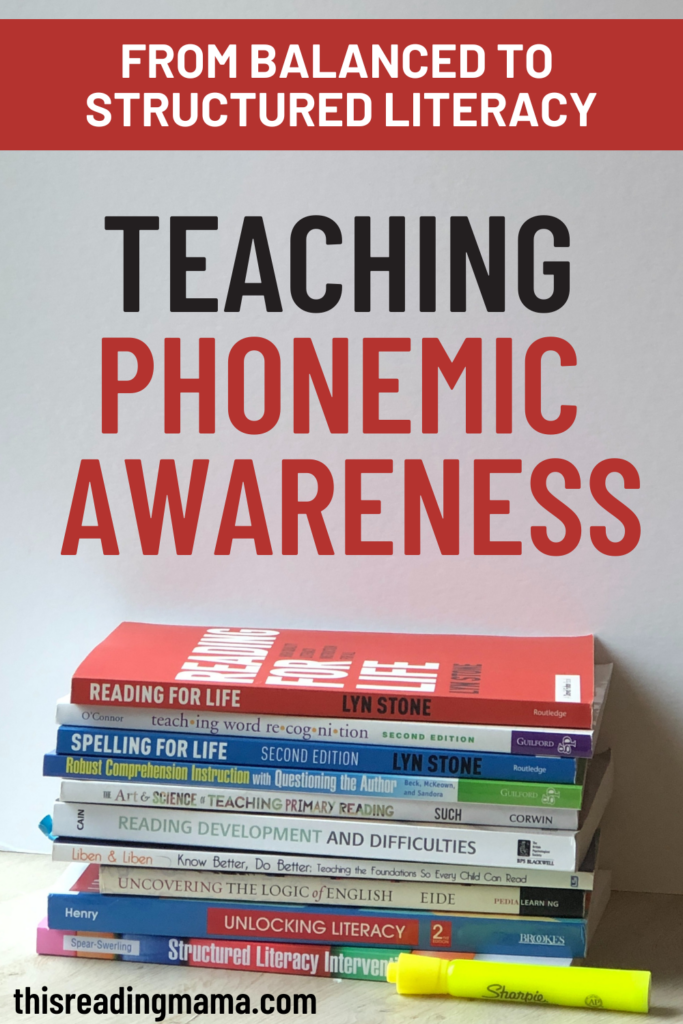
Coming 9/5
What Exactly is Phonemic Awareness?
In order to understand it, we must first talk about phonological awareness. With the root word being phon, phonological awareness has to do with an awareness of sounds in words.
Young children {think preschool} can start with the bigger sounds, like listening for the number of words in a sentence, listening for and creating rhyming words, or counting syllables in words. But as learners move towards reading, there is one set of awareness skills that kids need the most: phonemic awareness.
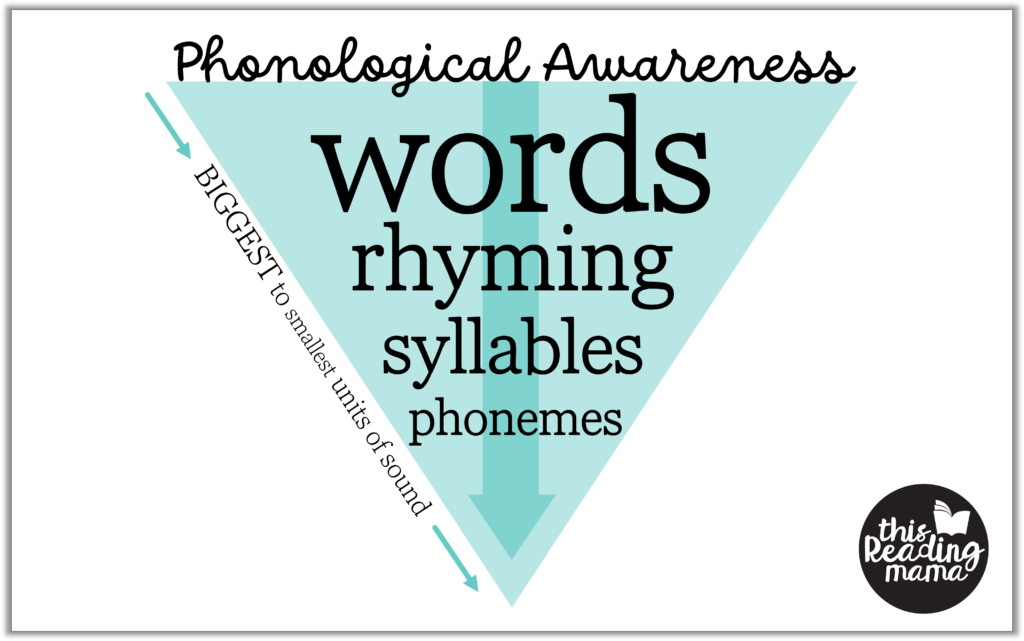
Phonemic Awareness is an awareness of the smallest units of sound {or phonemes} in a word. Phonemic awareness is VITAL for both reading and spelling.
A child at the beginning stages of phonemic awareness could notice that the word hat starts with the /h/ sound. A child with deeper understanding of phonemic awareness would be able to change the /a/ in the middle of hat to /o/ and know that now, we have the word hot.
5 Things to Remember when Teaching Phonemic Awareness
1. Start with the easier skills and move to the harder skills.
- Identifying beginning, ending, or middle sounds in words – Beginning sounds are easiest, ending sounds come second, and vowel sounds/middle sounds are the hardest. For example, “What sound do you hear at the end of cup?” (Answer: /p/)
- Blending sounds to make words – For example, “I’m going to say a word very slowly. Can you take the sounds and put them together to make a word that you know?” /b/-/i/-/g/ (big)
- Counting sounds in words – For example, “How many sounds do you hear in the word frog?” (4 – /f/-/r/-/o/-/g/)
- Similar sounds – For example, “I’m going to say three words. Which two words start with the same sound? banana, bus, goat“ (banana, bus)
- Isolating sounds in words – For example, “Where do you hear the /m/ in hammer: at the beginning, middle, or end?” (middle)
- Dropping sounds from words – For example, “What word do you get when you drop /m/ from march?” (arch)
- Replacing sounds in words – “What word would you get if you took the /l/ off the beginning of lip and put /r/ there instead?” (rip)
2. Integrate letters whenever possible.
While many of the activities listed above can be done without showing the actual letters, phonemic awareness is much more effective when letters are used at the same time.
For example, show the letter d. Ask learners for the letter name and the letter sound. Then show three pictures and ask, “Which of these pictures begins with the letter d, /d/?
Explicitly showing learners how we can use letters and their sounds to spell or read words builds their awareness of the alphabetic principle, which is foundational!
3. Phonemic awareness skills aren’t just pre-reading skills.
Several of the more difficult skills are needed, even after learners start reading. These skills are especially important to help learners understand sounds and patterns in words as they orthographically map and spell words. Just because you have learners who can read, do not assume they’ve mastered all of the harder phonemic skills {see #1 in this post}.
4. It can be done in a matter of minutes.
With all that we have in our daily schedules, this is good news! Phonemic awareness can and should be taught whole class and in small groups. But it can also be accomplished with simple activities woven right into your schedule.
Are you headed outside to play? Simply say, “If your name begins with /b/, line up at the door.” Cleaning up? Say, “Let’s clean up everything that has the middle vowel sound /short o/.” {blocks, for example}
5. Make it game-like.
This is also good news! Just like a sneaky chef, who hides zucchini in the brownies, you can “hide” learning in the fun. This sparks interest and motivation for your learners!
Use letter and picture cards to play a memory matching game. {Check out our free Phoneme Memory Matching Games.} Learners can play spelling games, like our 1-2-3 Flip It! that require phoneme manipulation and substitution, which are harder skills.
Struggling to be creative? Integrate learning into a game your learners already know such as…
- Hopscotch – Add letters or words to the squares on the ground
- Candyland – Add a stack of letters, words, or pictures. On their turn, learner pick a card from your stack AND a Candyland colored square card.
- Playing Cards – Add letters, words, or pictures to a set of playing cards to create Go Fish!, Old Maid, or Uno-style games
- I Spy – Place letter, word, or picture cards face up on a table top. Give each other clues such as, “I spy the letter at the end of the word dog.” (g)
From Balanced Literacy to Structured Literacy Series…
Be sure to check out all the posts in our new series! Once each post goes live, you’ll be able to click on it to read more. Note: The expected dates are listed under each image.
Enjoy teaching!
~Becky
You may enjoy…

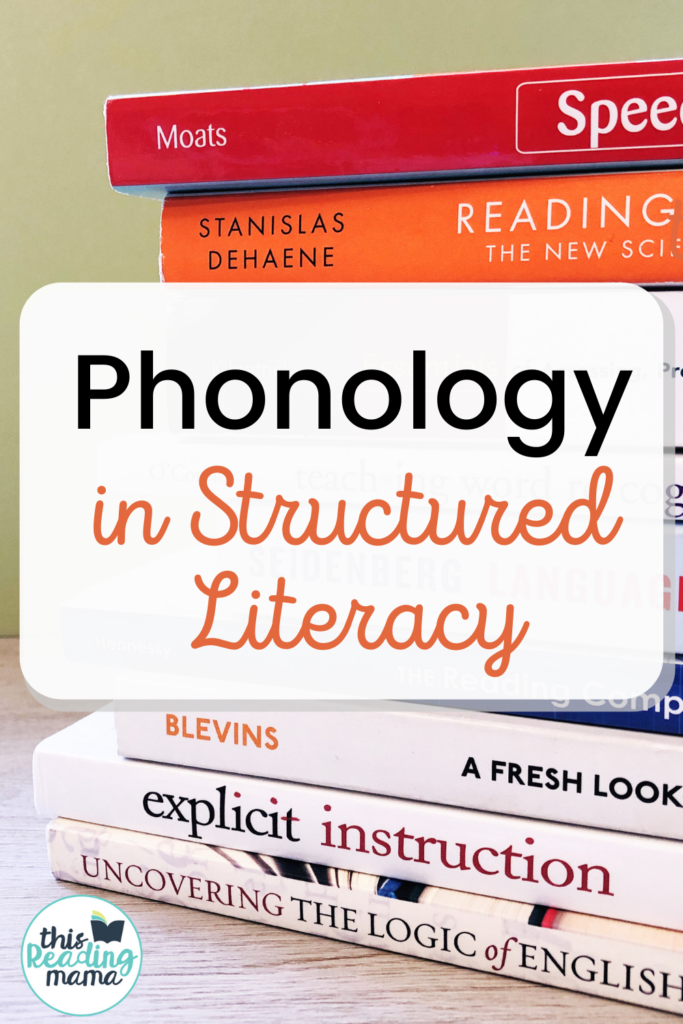
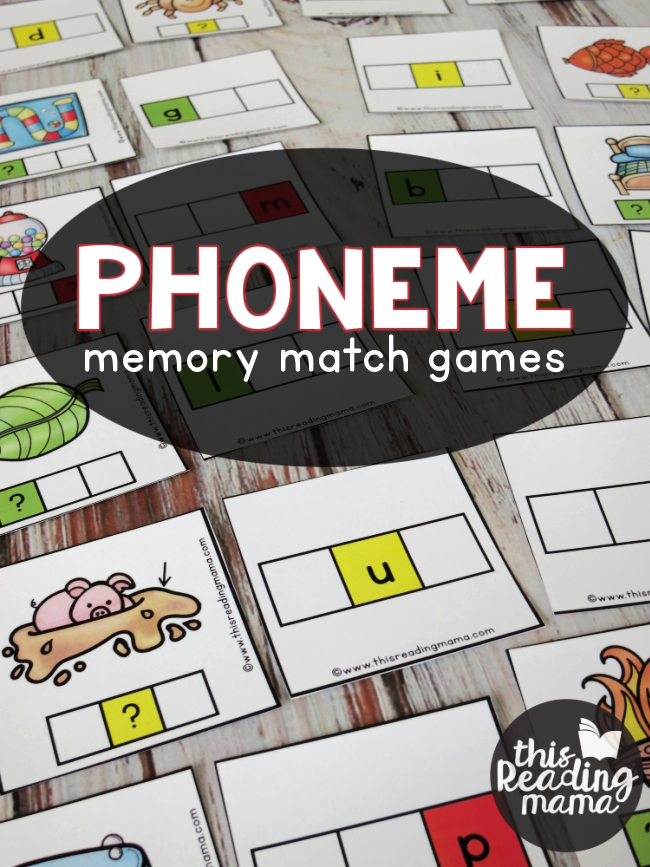
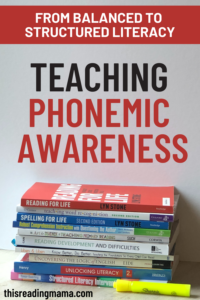
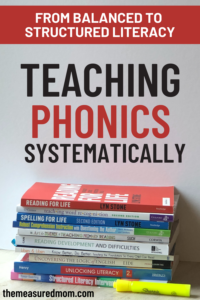

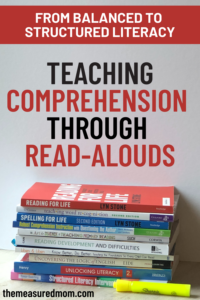
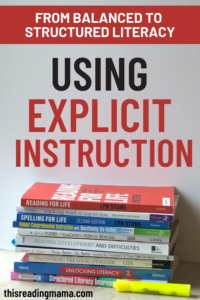
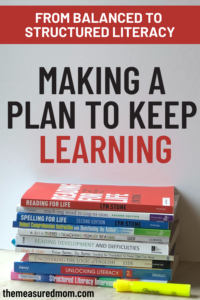
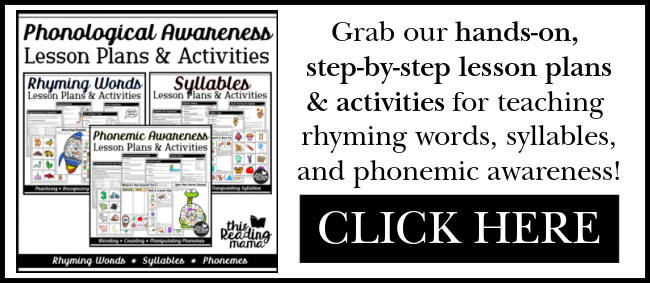
Leave a Reply